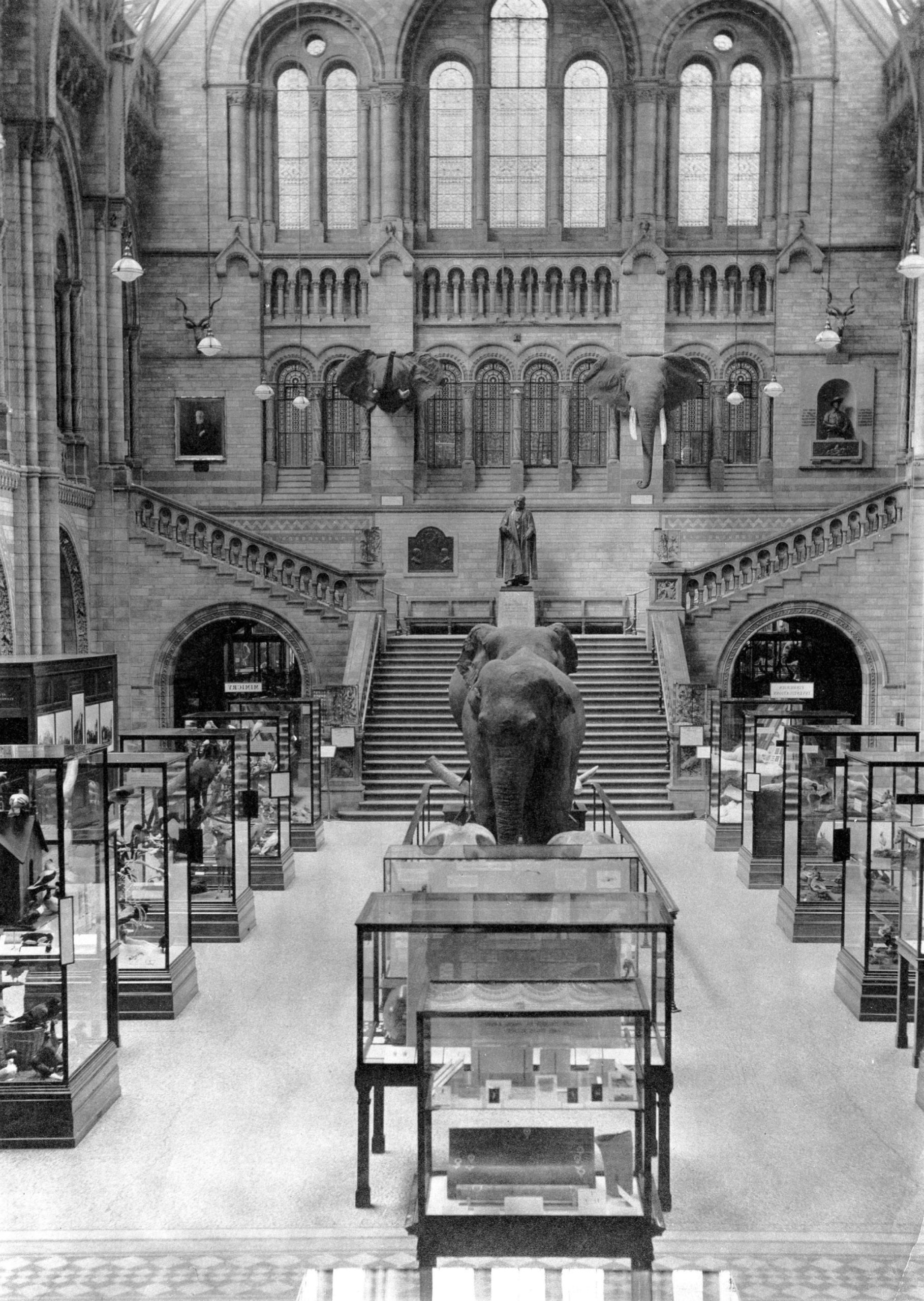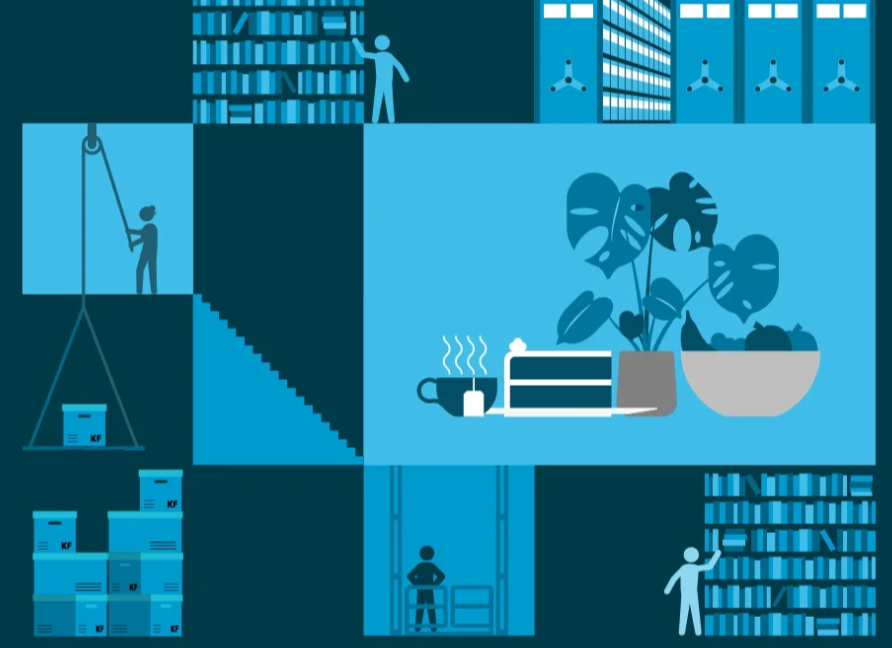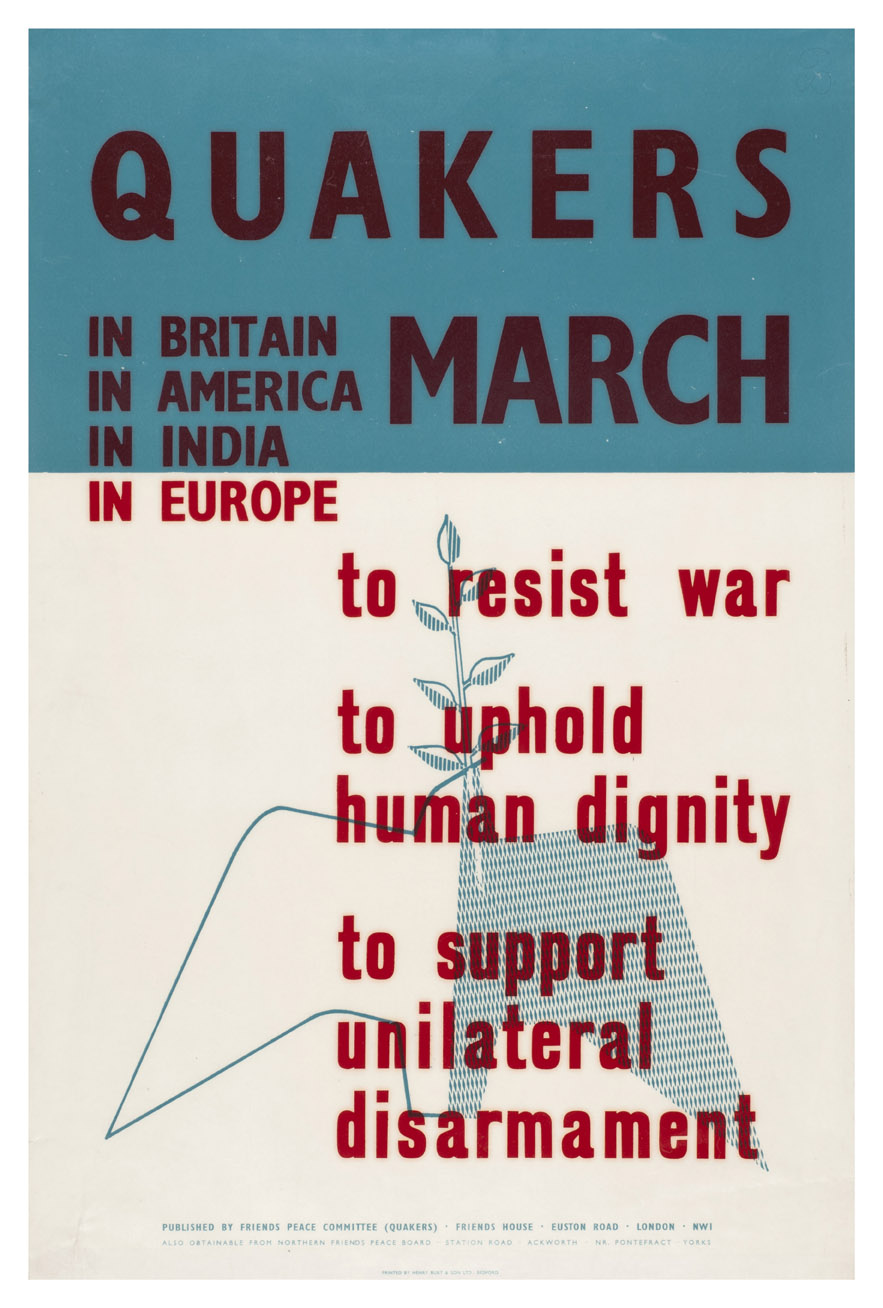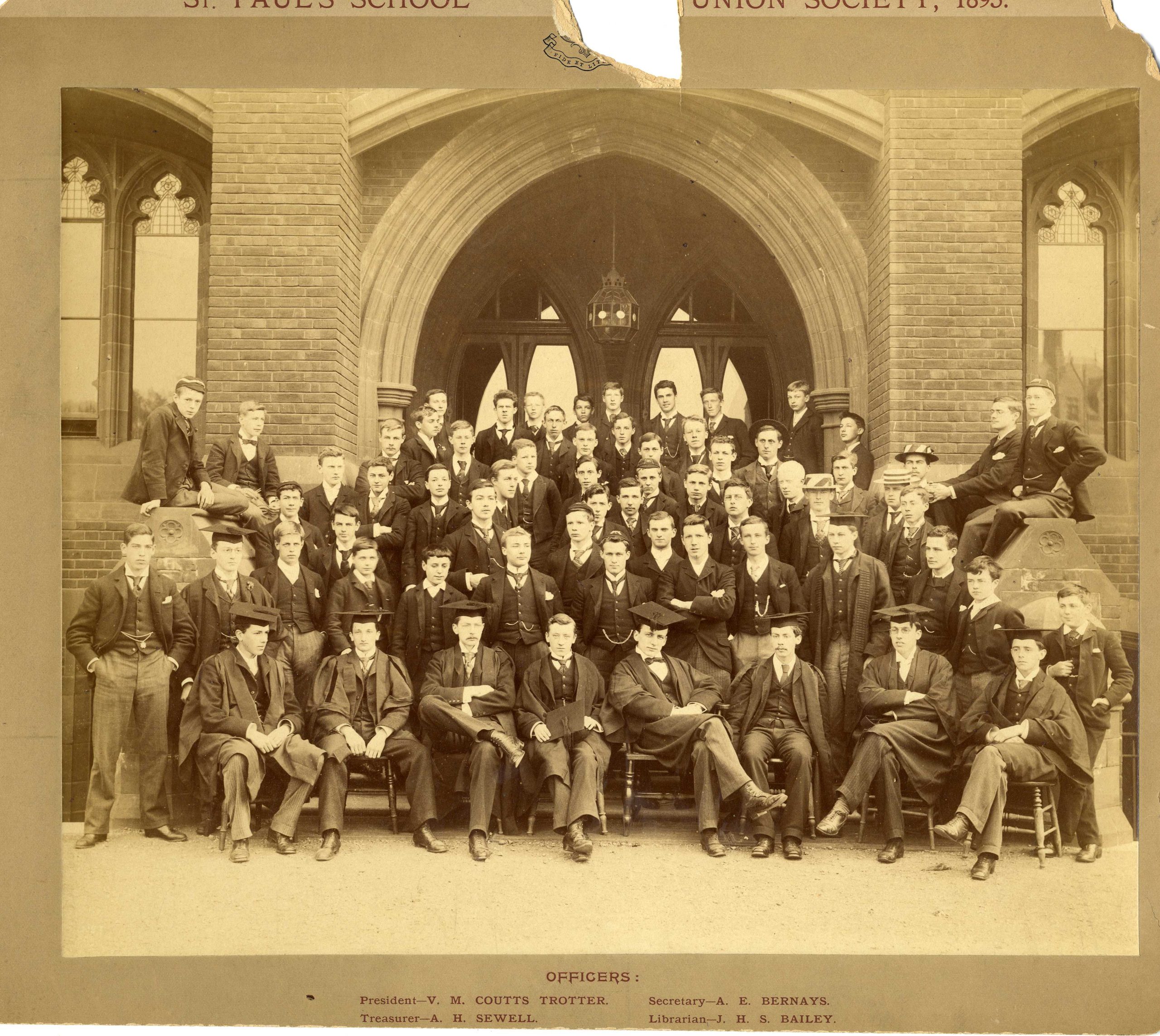For July’s ‘Nature’ theme we at EYA approached Rebecca Keddie, Assistant Archivist at the Natural History Museum, to find out what specimens The NHM holds tucked away in the archives. What follows is a wide and panoramic account touching on various intriguing aspects of the archive collections.
The Natural History Museum (NHM) is an institution dedicated to documenting, researching and protecting the natural world. For that reason, highlighting the NHM Archives felt particularly fitting for EYA’s July theme of Nature.

The Museum Archives
The Museum Archives chronicles the history of the museum, preserving its institutional memory. The Archives sit within the Library & Archives department, which also includes: an extensive modern collection of both print and e-resources, and special collections comprising rare books, artworks and manuscripts relating to the history of natural history. These collections are available to both museum staff and the public, together with reading rooms at South Kensington and the museum’s sister site in Tring, which holds the bird collections and associated library material.
The plan and the collections
Today, the Natural History Musuem is an independent institution. But originally the collections were part of the British Musuem which grew out of Sir Hans Sloane’s private collection. He amassed a vast array of plant and animal matter, alongside his collection of antiquities, coins and other curiosities. The journey towards a separate museum began in 1856 when Richard Owen was appointed to the newly created post of Superintendent of the Natural History Departments. His tenure was defined by his campaign for a dedicated Natural History museum, and in 1860 he won support from the trustees for his vision. In 1864, architect Francis Fowke, best known for designing the Royal Albert Hall, won a competition to design the Natural History Museum. When he unexpectedly died a year later, the relatively unknown Alfred Waterhouse took over and devised a new plan for the South Kensington site.

Waterhouse’s designs, with the vaulted ceilings of the central hall and terracotta renditions of animal and plant life, were in keeping with Owen’s vision of the museum as a cathedral to nature that would showcase the beauty and abundance of the natural world. Architectural records that are kept in the archive document the creation of this iconic building, and include: Fowke’s designs, early sketches by Richard Owen of what he envisioned for a museum of Natural History, and over fifty of Waterhouse’s original plans.
The record categories and first public opening
In 1881 the site at South Kensington opened its doors to the public for the first time, marking a new chapter in the museum’s history. The separation from the British Musuem is vital context for what records are held in the museum archives. Whilst there are fairly consistent records from 1881, what earlier departmental records came over with the specimens seem to have depended a lot on the desires of individual keepers.
These records relating to the museum’s scientific work have largely been organised by department, with record series for zoology, botany, mineralogy, entomology and paleontology, although this provides an ongoing challenge as departments continually evolve and shift. Records include correspondence, expedition files and lab books – but for all departments it is the accession registers that are often most vital. A museum would be nothing without its collections, and the accession registers record what specimens were collected, when and by whom. They are used by museum curators to carry out important provenance research and can help track trends in how the museum acquired its collections.
A ‘record of all major events’

However, the archives contain more than just scientific records. In fact, they also cover the history of the galleries and exhibitions, as well as documenting the administrative work of running the museum. A particularly rich resource are the minute books of the Trustees meetings. Contained within their pages are a record of all major events in the museum’s history from notable specimen donations, to staff appointments and major museum expeditions. They additionally capture the rhythms of daily life at the museum, with interesting minutiae including lists of lost umbrellas, sandwich provisions for staff, and admonishments for dropped cigarette butts.
Pioneering women
These minute books are just one example of how the museum archives extend beyond institutional history to illuminate a broader social history. Records reveal how the museum responded to major national and international events, as well as how societal changes can be tracked from changes within the museum. For example, staff lists track the evolution from a male-only scientific staff to the employment of pioneering women scientists like paleontologist Dorothea Bate, to the hundreds of women employed today. However, dig a bit deeper, and other records also reveal that although these women didn’t appear on the staff lists, many women were employed ‘unofficially’ and paid by the piece, such as entomological artist Grace Edwards.

Looking ahead
The fascinating history of the museum continues to be written and the museum archives has an ongoing role in documenting this history as we continue to collect records of the museums’ recent past. With an increasing number of records being digital rather than physical the challenges involved have shifted, but the goal of preserving and making accessible the museum’s institutional history remains the same.
To find out more, visit our website: Using the Library and Archives | Natural History Museum, and search our catalogue: NHM Museum Archives Catalogue.
Written by Rebecca Keddie, Assistant Archivist.
Edited by Jake Doyle, Blog Coordinator.



